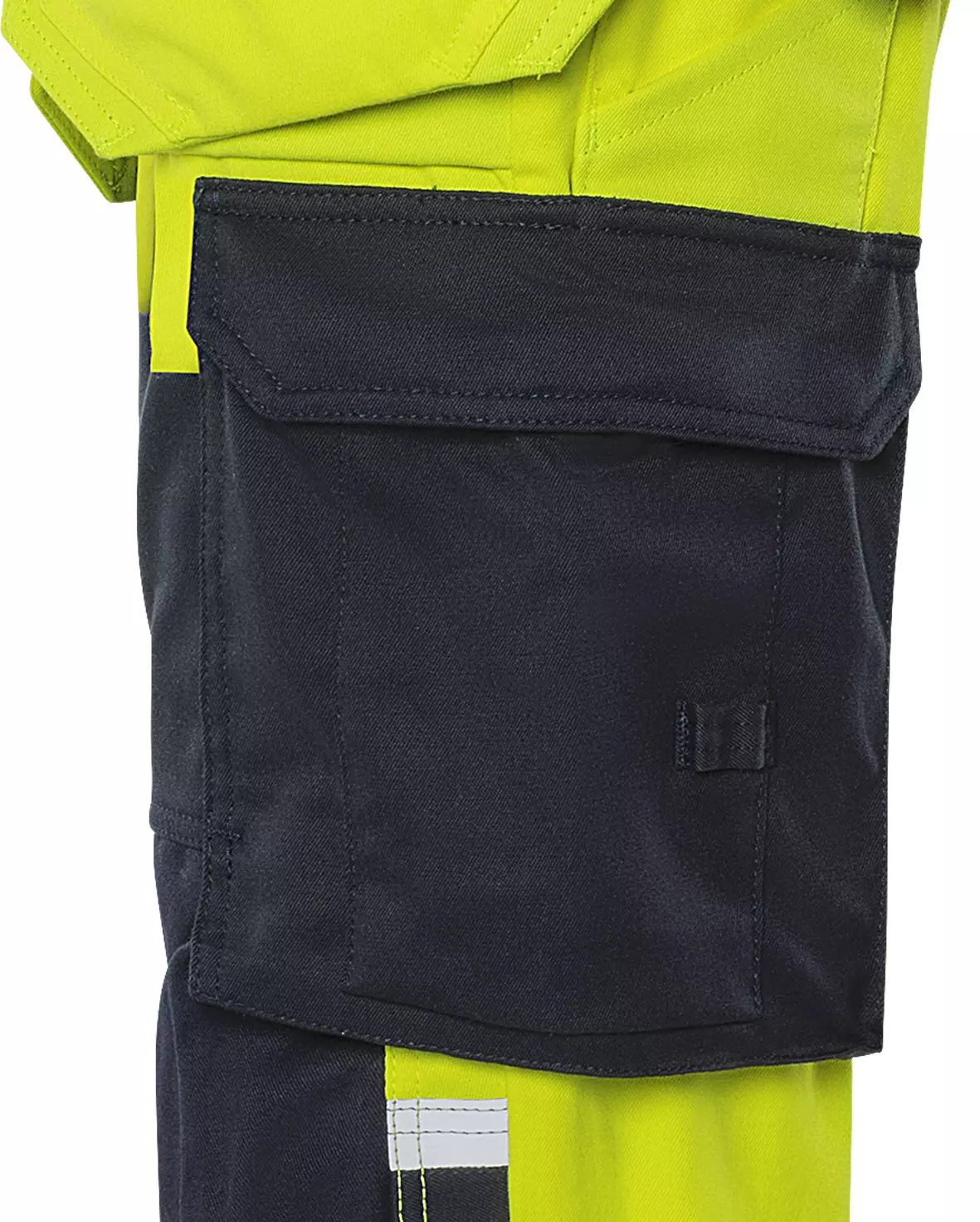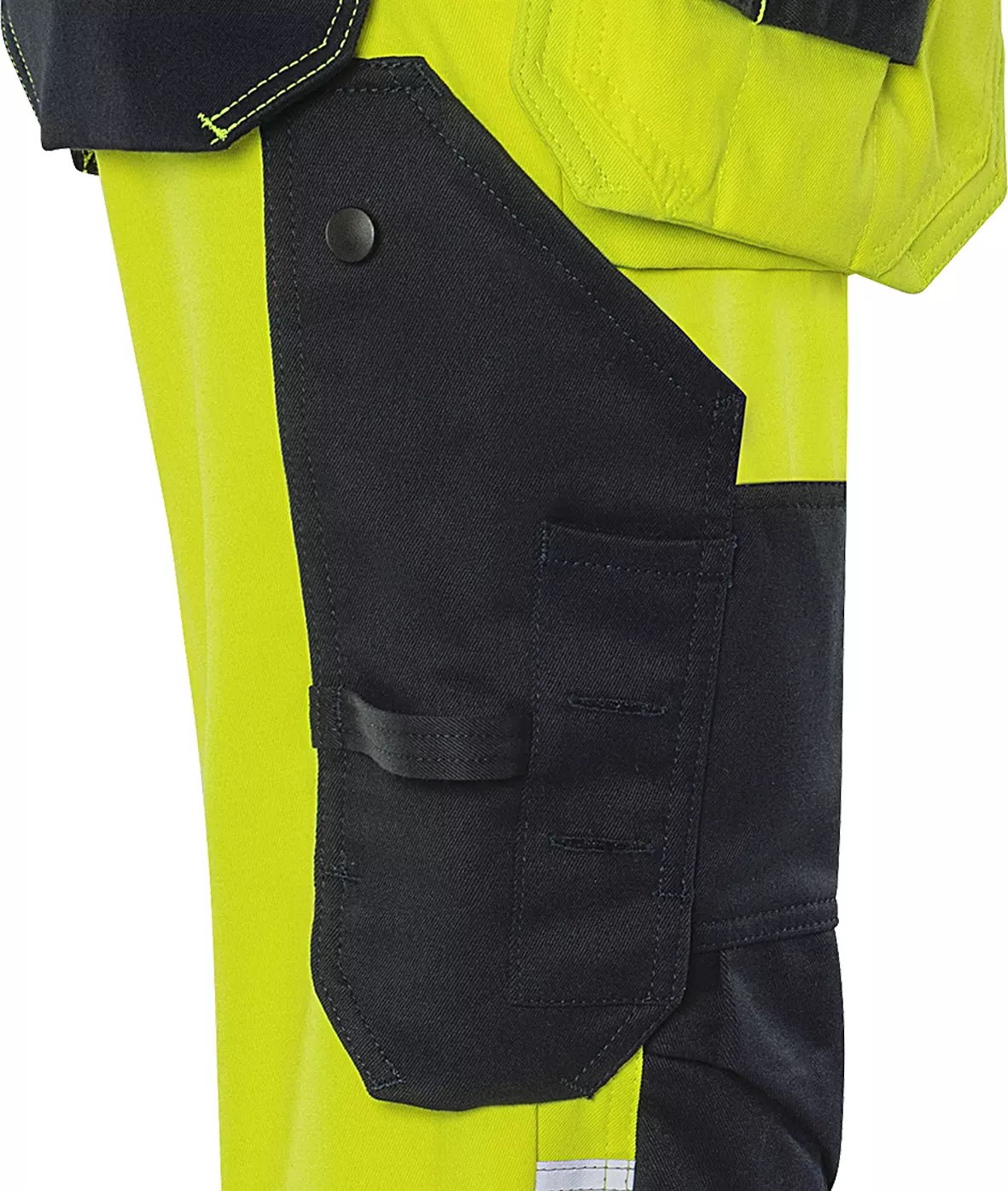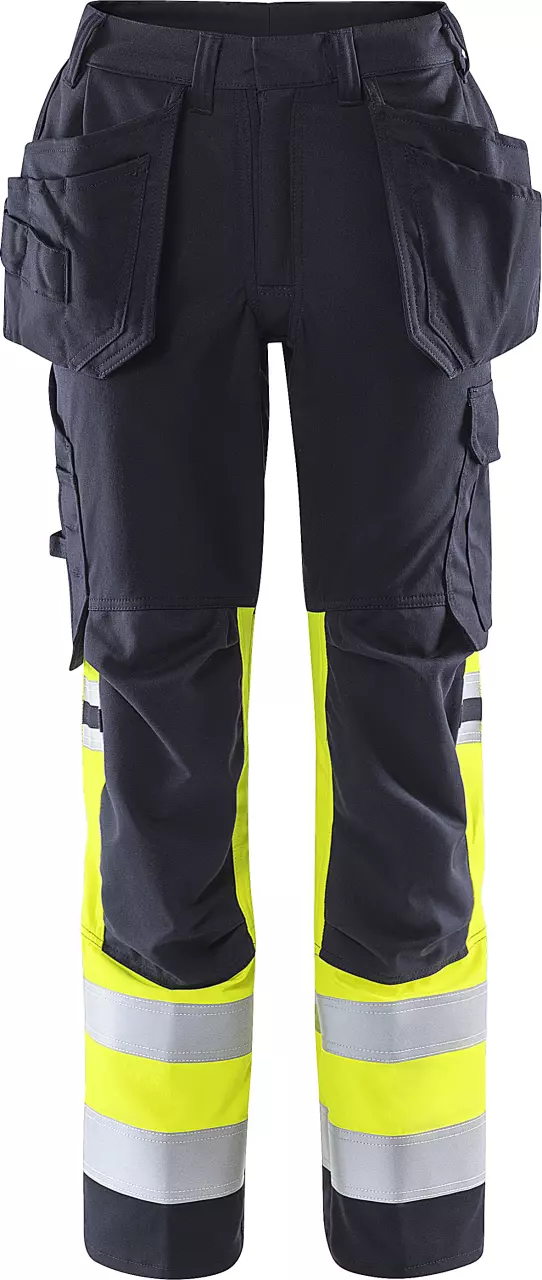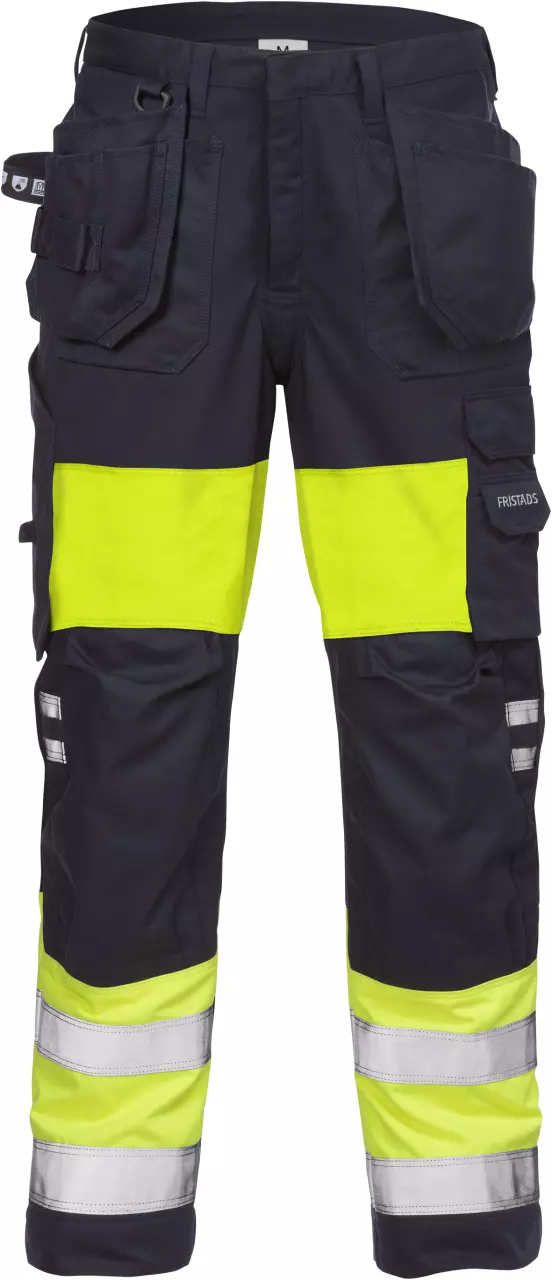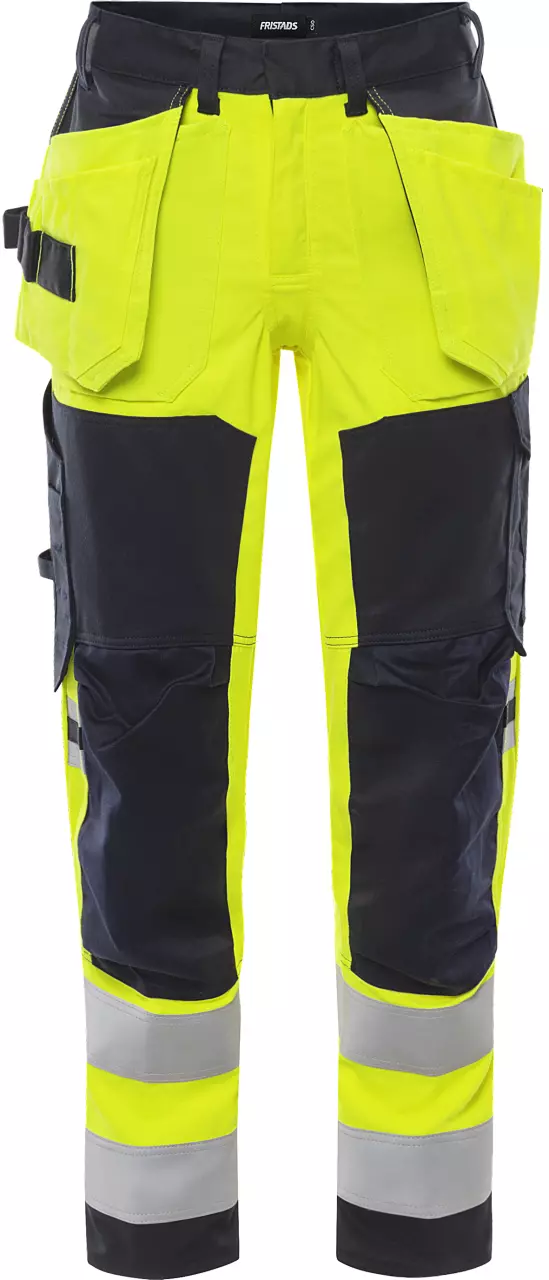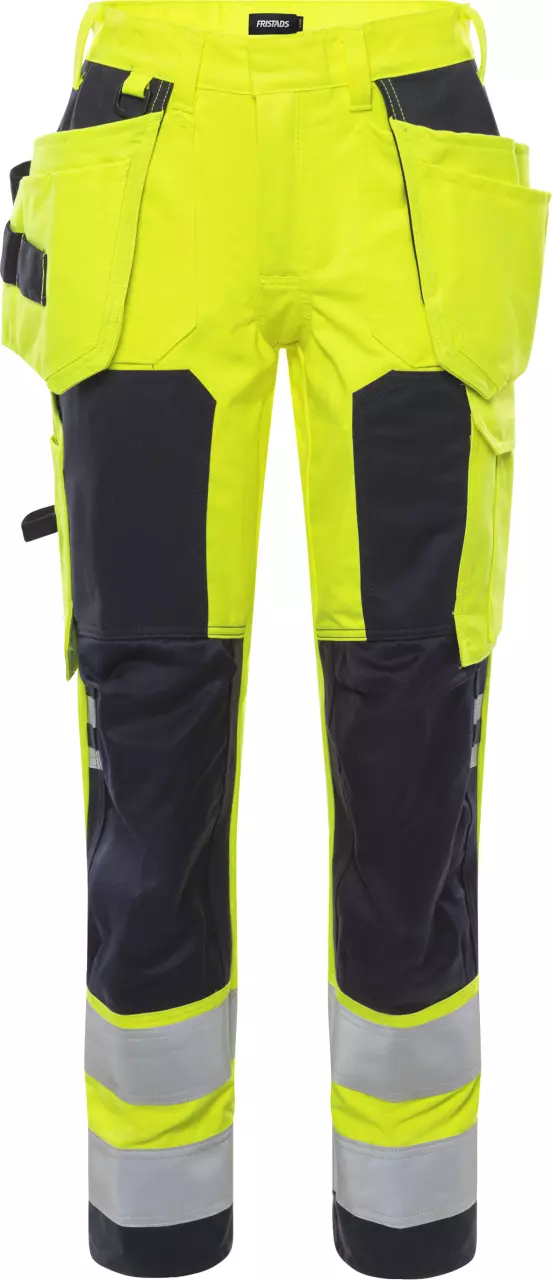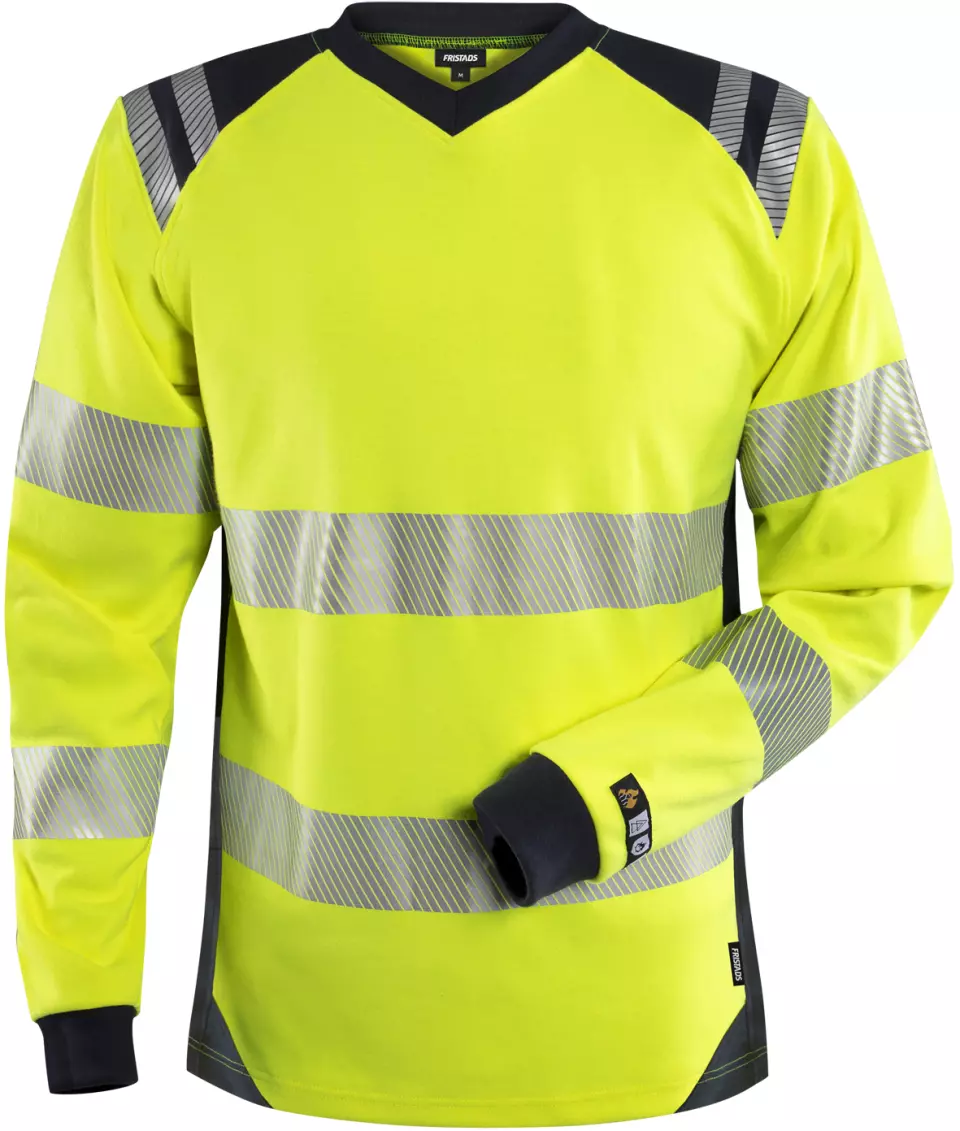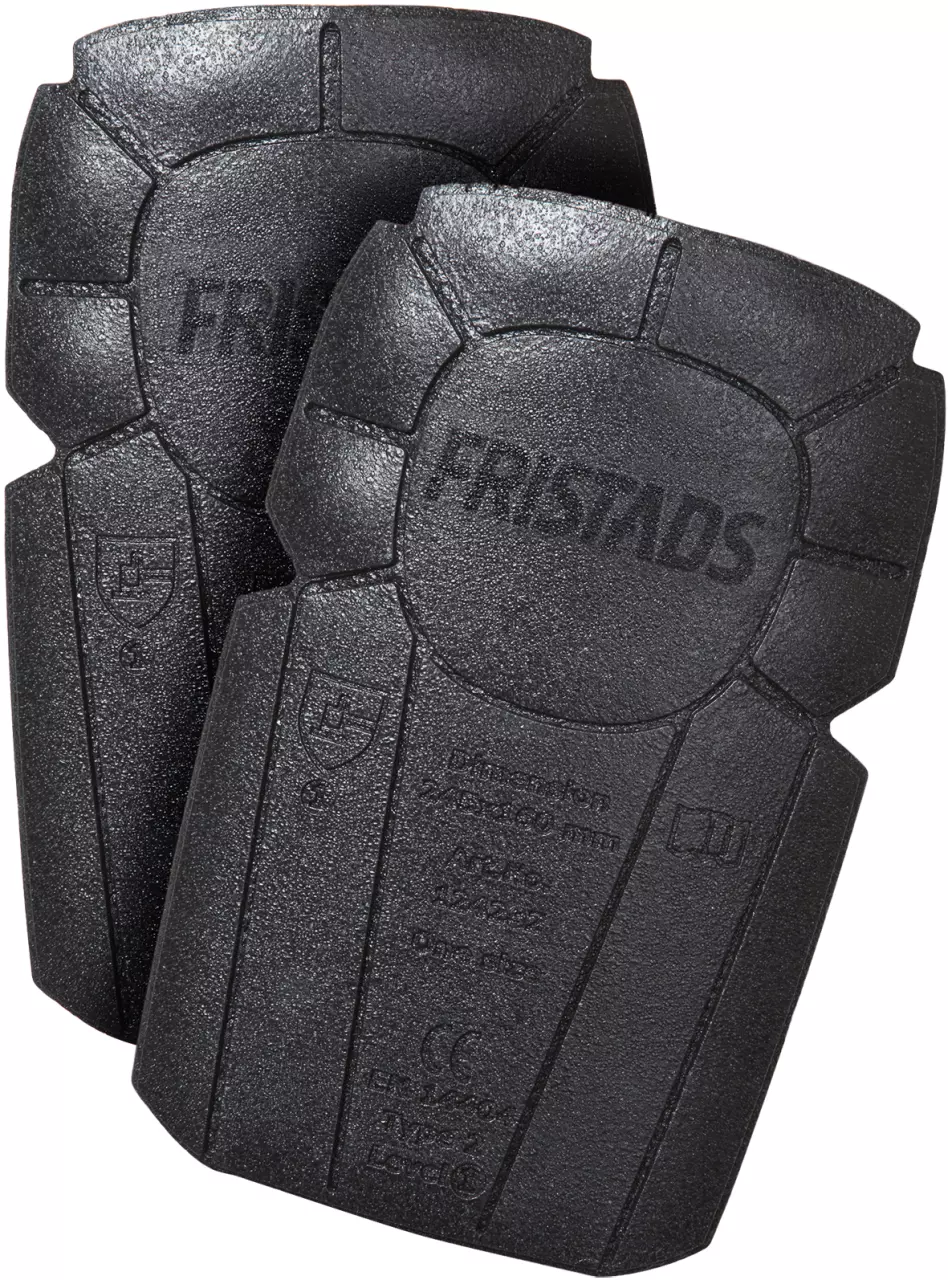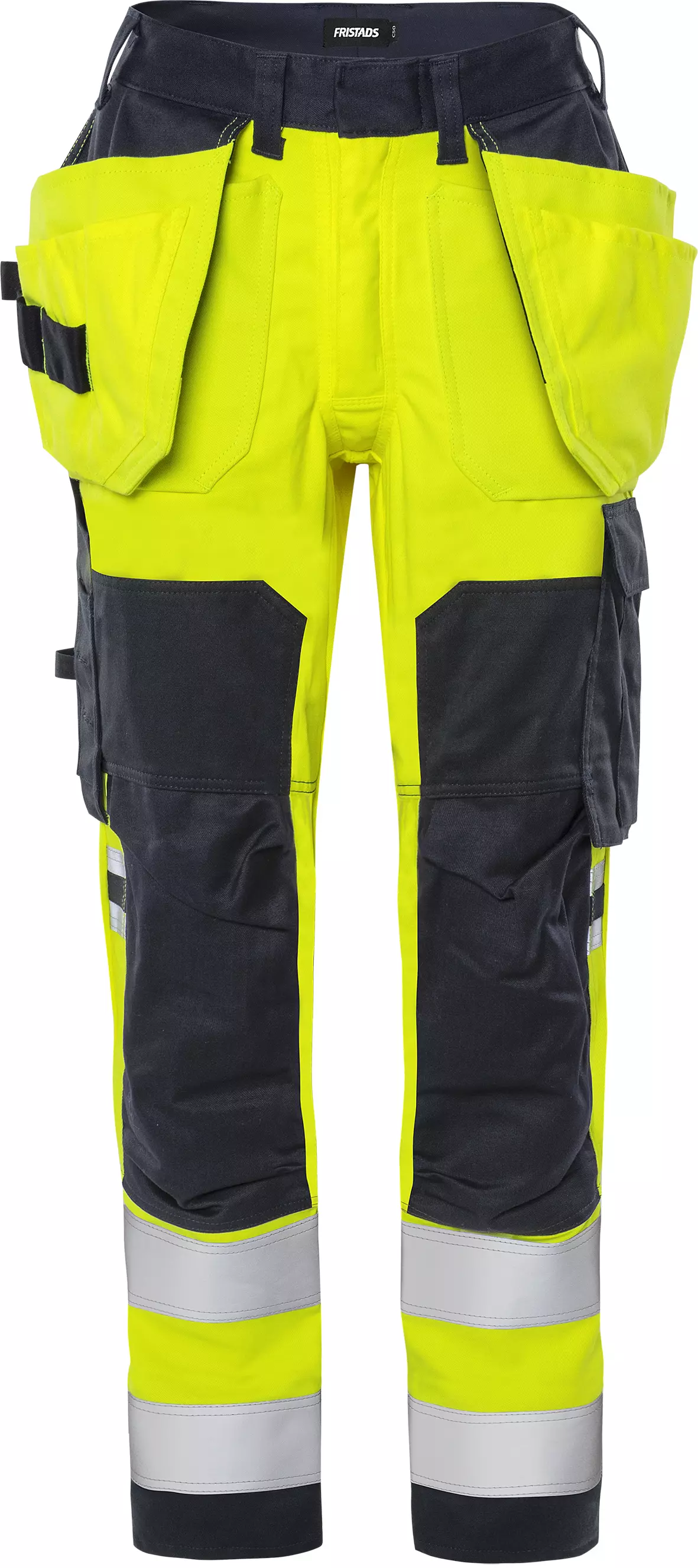
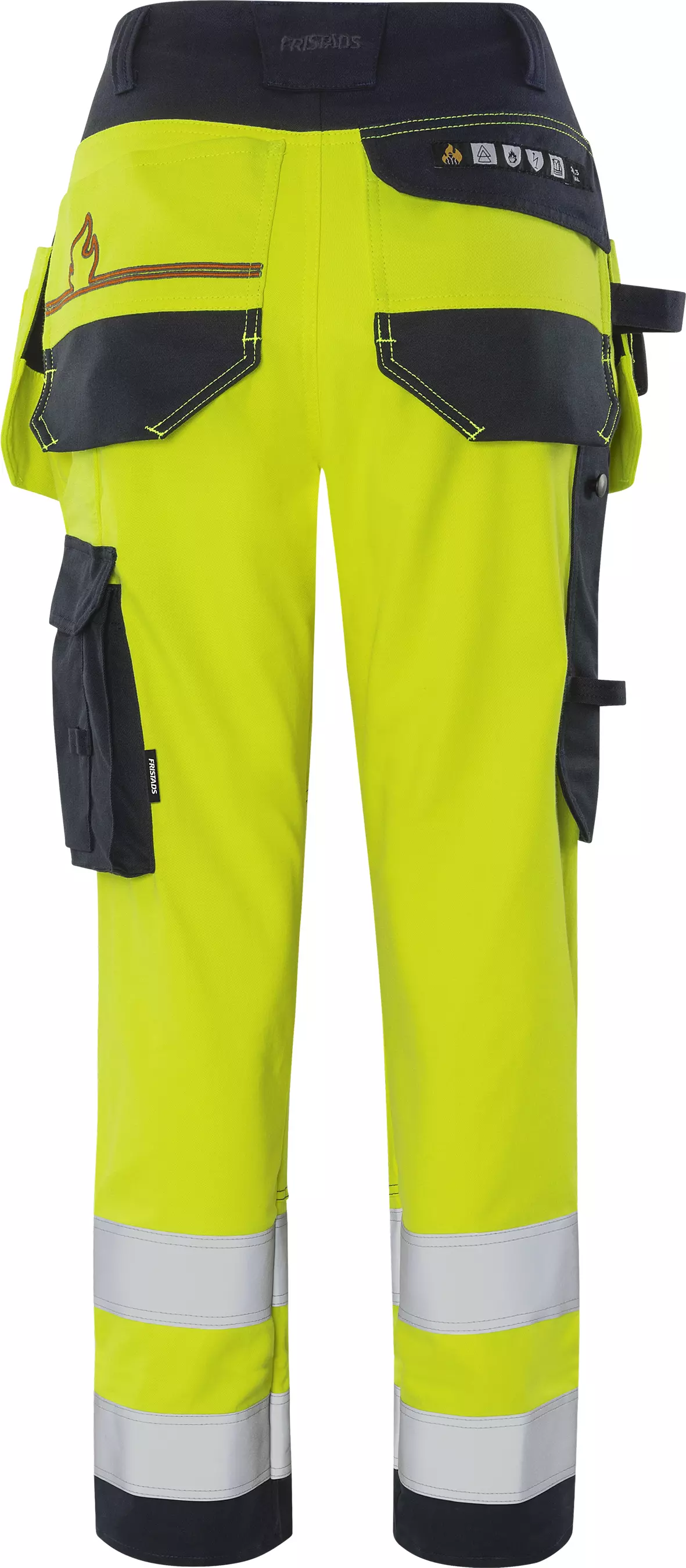

Features You'll Love
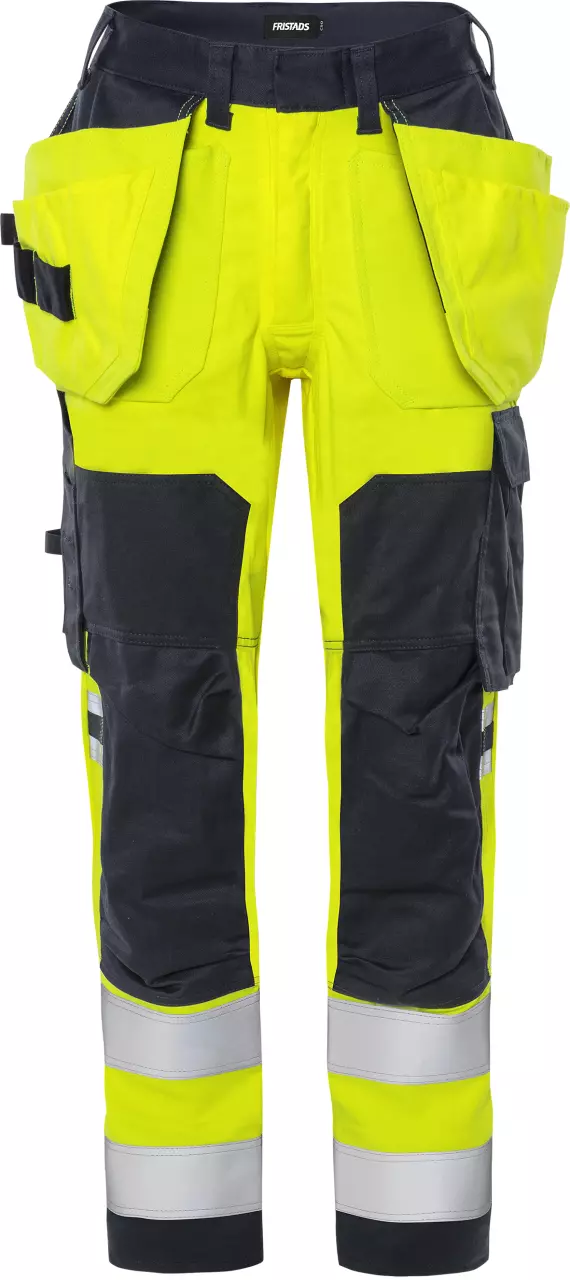
EN ISO 20471 · Reflective Strip Area Grade 2
Provides an intermediate level of visibility for use in moderate-risk environments. This makes you more visible day and night to traffic moving at speeds up to 60 km/h, ideal for road work or delivery drivers.
Fristads
Flamestat High Vis Construction Stretch Trousers Class 2 Women's 2164 ATHF
Flamestat High Vis Construction Stretch Trousers Class 2 Women's 2164 ATHF
4.7 / 5
287,41 €
Choose size
Free delivery
Features You'll Love

EN ISO 20471 · Reflective Strip Area Grade 2
Provides an intermediate level of visibility for use in moderate-risk environments. This makes you more visible day and night to traffic moving at speeds up to 60 km/h, ideal for road work or delivery drivers.
Product description
These flame-resistant women's craftsman stretch pants offer comprehensive protection according to Class 2 high-visibility standards and meet multiple safety standards for arc protection and flame resistance. The dirt-, oil- and water-repellent stretch fabric with 265 g/m² material weight ensures freedom of movement and durability. Numerous CORDURA®-reinforced pockets and practical details such as height-adjustable knee pad accommodation make them ideal for demanding craftsman work.
Product Features:
- Stretch fabric with dirt-, oil- and water-repellent properties
- 2 front pockets and 2 CORDURA®-reinforced hanging pockets with tool loops
- CORDURA®-reinforced knee pockets with internal opening and height adjustment for knee pads
- Leg pocket with phone pocket, ID holder loop and additional ruler pocket
- Double crotch seam and reinforced 2-needle seams on reflective tape
Technical Details:
- Material weight: 265 g/m²
- CORDURA®-reinforced ruler pocket with pen holder
- CORDURA®-reinforced back pockets and leg hems
- Hammer loop and utility knife loop
- Approved after 50 washes and lease laundry tested according to ISO 15797
Standards:
- EN 14404 in conjunction with knee pads 124292
- EN 61482-1-2 APC 1, EN 61482-1-1 ELIM: 8 cal/cm² EBT: 9.6 cal/cm²
- EN ISO 11612 A1 B1 C1 F1
- EN 1149-5 and EN ISO 20471 Class 2
- EN 13034 approved
- OEKO-TEX® certified

